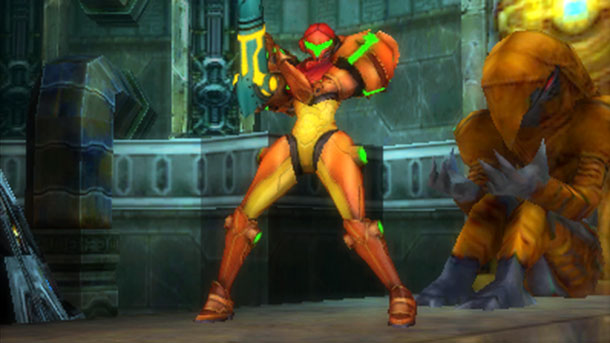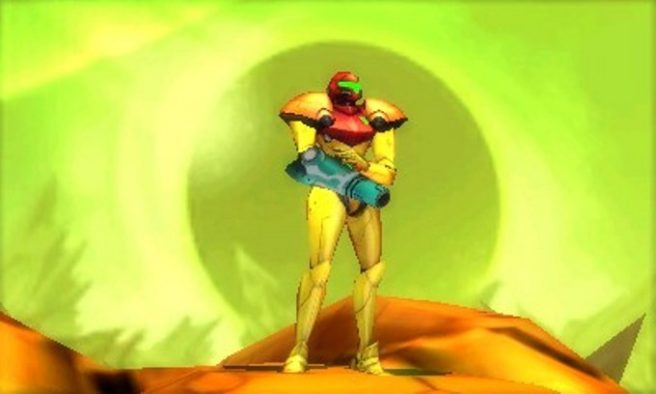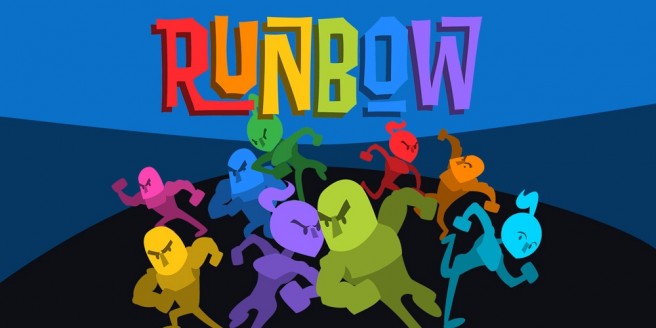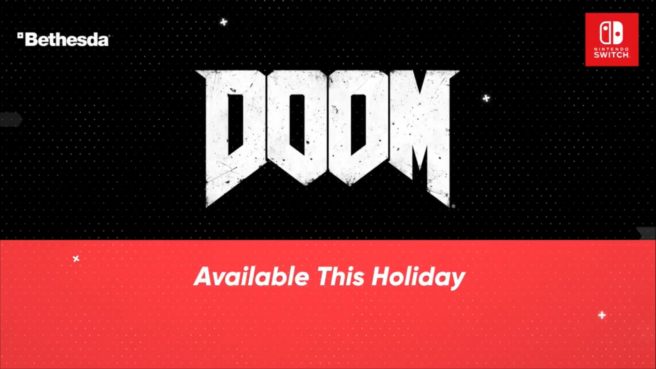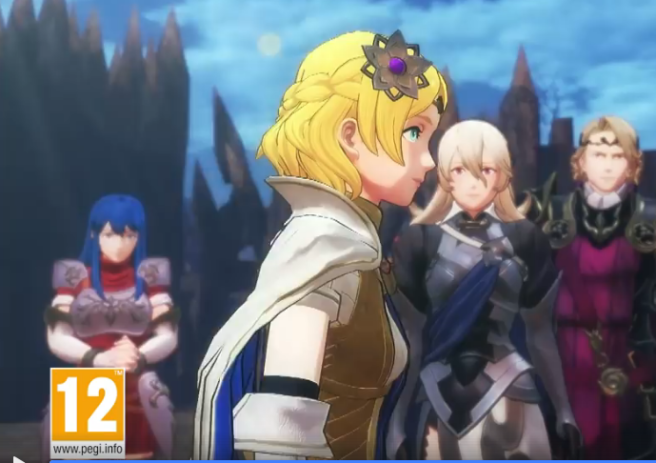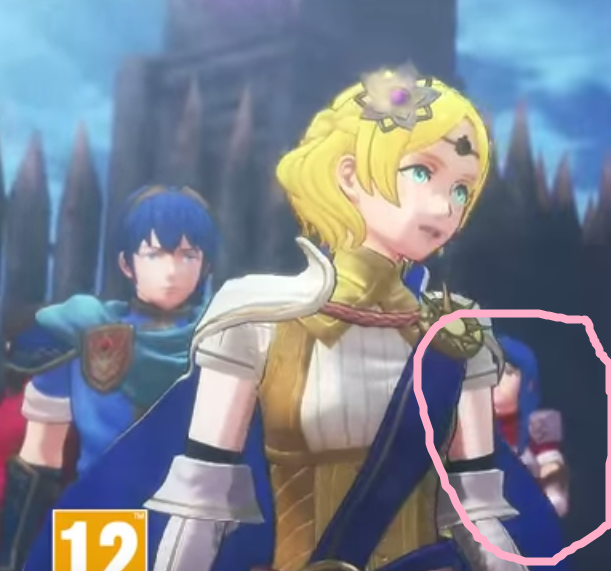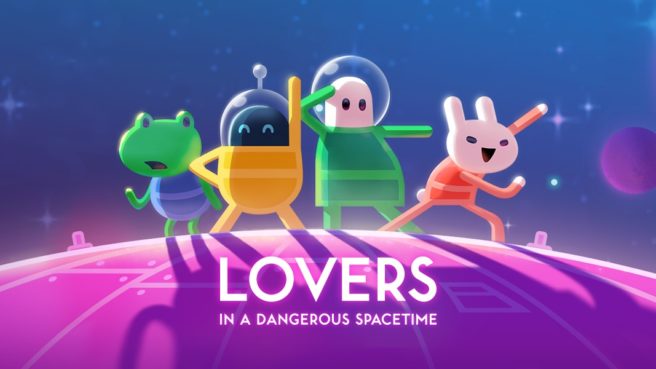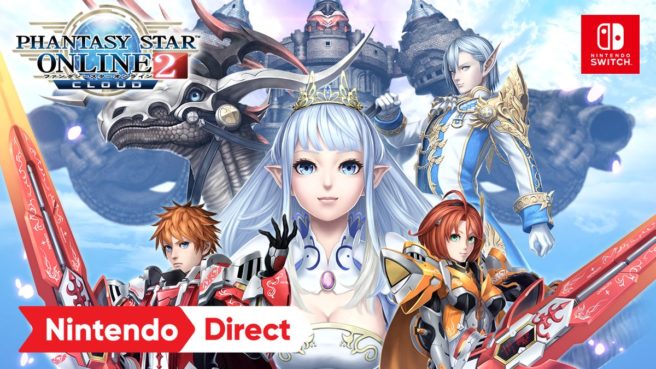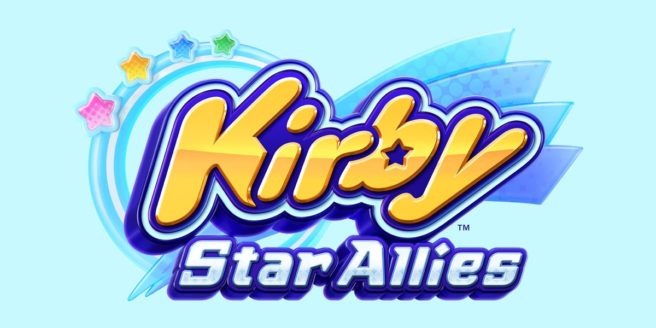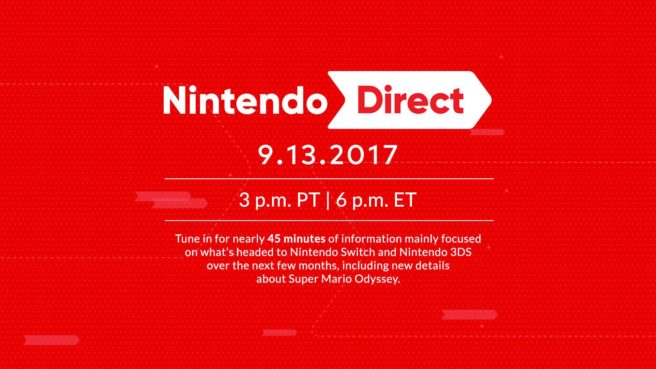Nintendo Download (9/14/17, Europe) – Metroid, NBA 2K18, Pan-Pan, more
Posted on 8 years ago by Brian(@NE_Brian) in 3DS eShop, News, Switch eShop, Wii U eShop | 0 comments
This week’s European Nintendo Downloads are as follows:
Switch Retail
Cars 3: Driven to Win – €59.99
LEGO Worlds – €29.99
NBA 2K18 – €66.99
NBA 2K18 Legend Edition – €99.99
NBA 2K18 Legend Edition Gold – €149.99
Rayman Legends Definitive Edition – €39.99
Switch Download
ACA NeoGeo Spin Master – €6.99
36 Fragments of Midnight – €2.99
Beach Buggy Racing – €9.99
Kingdom: New Lands – €14.99
Pan-Pan – €5.00
Robonauts – €13.49
Quest of Dungeons – €8.99
Semispheres – €9.99
More: Nintendo Download, top
Nintendo Download (9/14/17, North America) – Metroid, NBA 2K18, Kingdom: New Lands, more
Posted on 8 years ago by Brian(@NE_Brian) in 3DS eShop, New Nintendo 3DS, News, Switch eShop, Wii U eShop | 4 Comments
This week’s North American Nintendo Downloads are as follows:
Switch Retail
NBA 2K18 – $59.99 (available Friday)
NBA 2K18 Legend Edition – $99.99 (available Friday)
NBA 2K18 Legend Edition Gold – $149.99 (available Friday)
Switch Download
36 Fragments of Midnight – $2.99
ACA NeoGeo Spin Master – $7.99
Beach Buggy Racing – $9.99
Kingdom: New Lands – $14.99
Quest of Dungeons – $8.99
Robonauts – $13.49 (available Friday)
Semispheres – $9.99
More: Nintendo Download, top, Virtual Console
Runbow confirmed for Switch
Posted on 8 years ago by Brian(@NE_Brian) in News, Switch eShop | 2 Comments
Update: Rainy Frog has confirmed with us that Runbow is hitting Switch in Winter 2017.
Original: It’s official: Runbow is coming to Switch. Rainy Frog has announced its lineup for the Tokyo Game Show, and Runbow is included.
Stage Clear Studios looks to be handling the Switch port. No word yet on a release date, but we’re hoping it won’t be too far off. Headup Games or 13AM Games itself will likely be handling publishing in the west.
More: 13AM Games, Runbow, top
Doom for Switch will have all updates / DLC except level editor, physical version needs update for multiplayer
Posted on 8 years ago by Brian(@NE_Brian) in News, Switch | 26 Comments
Bethesda has shared more information about Doom for Switch, which was one of the more surprising announcements during today’s Nintendo Direct.
First, almost all updates and DLC will be included. The only exception is the SnapMap level editor.
Bethesda also says that the physical version will only include the single-player campaign because of size constraints. A separate downloadable update will be needed for online multiplayer.
Japan also getting Pikachu New 2DS XL Edition
Posted on 8 years ago by Brian(@NE_Brian) in New Nintendo 3DS, News | 4 Comments
Nintendo revealed the Poke Ball-themed New 2DS XL during today’s Nintendo Direct. But in Japan, they’re getting an additional Pokemon system. The Pikachu New 2DS XL Edition launches in the country on November 17.
Caeda and Navarre spotted for Fire Emblem Warriors
Posted on 8 years ago by Brian(@NE_Brian) in New Nintendo 3DS, News, Switch | 59 Comments
Nintendo seems to have made a blunder with the new European Fire Emblem Warriors trailer – specifically the Fire Emblem Warriors segment. It seems that two characters were accidentally left it. Caeda and Navarre from Fire Emblem: Shadow Dragon both appear to be in.
Thanks to oh.my for the tip.
More: Fire Emblem Warriors, Koei Tecmo, Omega Force, Team Ninja, top
Crypt of the Necrodancer, Lovers in a Dangerous Spacetime heading to Switch
Posted on 8 years ago by Brian(@NE_Brian) in News, Switch eShop | 8 Comments
Two more indie games were revealed for Switch during today’s Japanese Nintendo Direct. Crypt of the Necrodancer and Lovers in a Dangerous Spacetime. They’ll be out this winter and in October respectively.
Phantasy Star Online 2 Cloud announced for Switch in Japan
Posted on 8 years ago by Brian(@NE_Brian) in News, Switch | 21 Comments
Phantasy Star Online 2 Cloud is coming to Switch, SEGA revealed in today’s Japanese Nintendo Direct. Japan is getting the game in 2018.
More: Phantasy Star Online 2 Cloud, SEGA, top
Kirby Switch known as Kirby Star Allies, out Spring 2018
Posted on 8 years ago by Brian(@NE_Brian) in News, Switch | 8 Comments
The new Kirby game for Switch has a new name. It’s called Kirby Star Allies, and it’s launching Spring 2018.
More: HAL Laboratory, Kirby Star Allies, top
Nintendo Direct live streams, blog (9/13/17)
Posted on 8 years ago by Brian(@NE_Brian) in 3DS, Switch, Videos | 10 Comments
The latest Nintendo Direct will be kicking off not too long from now. Nintendo will begin hosting the presentation at 3 PM PT / 6 PM ET / 11 PM in the UK / 12 AM in Europe.
In the west, the new Nintendo Direct will be about 45 minutes long. The Japanese version will be 50 minutes long.
Assuming everything goes as planned, we’ll have a live blog going below. Big news updates will be posted in real time as well. Finally, we have embeds for all three streams below. Should be fun!
